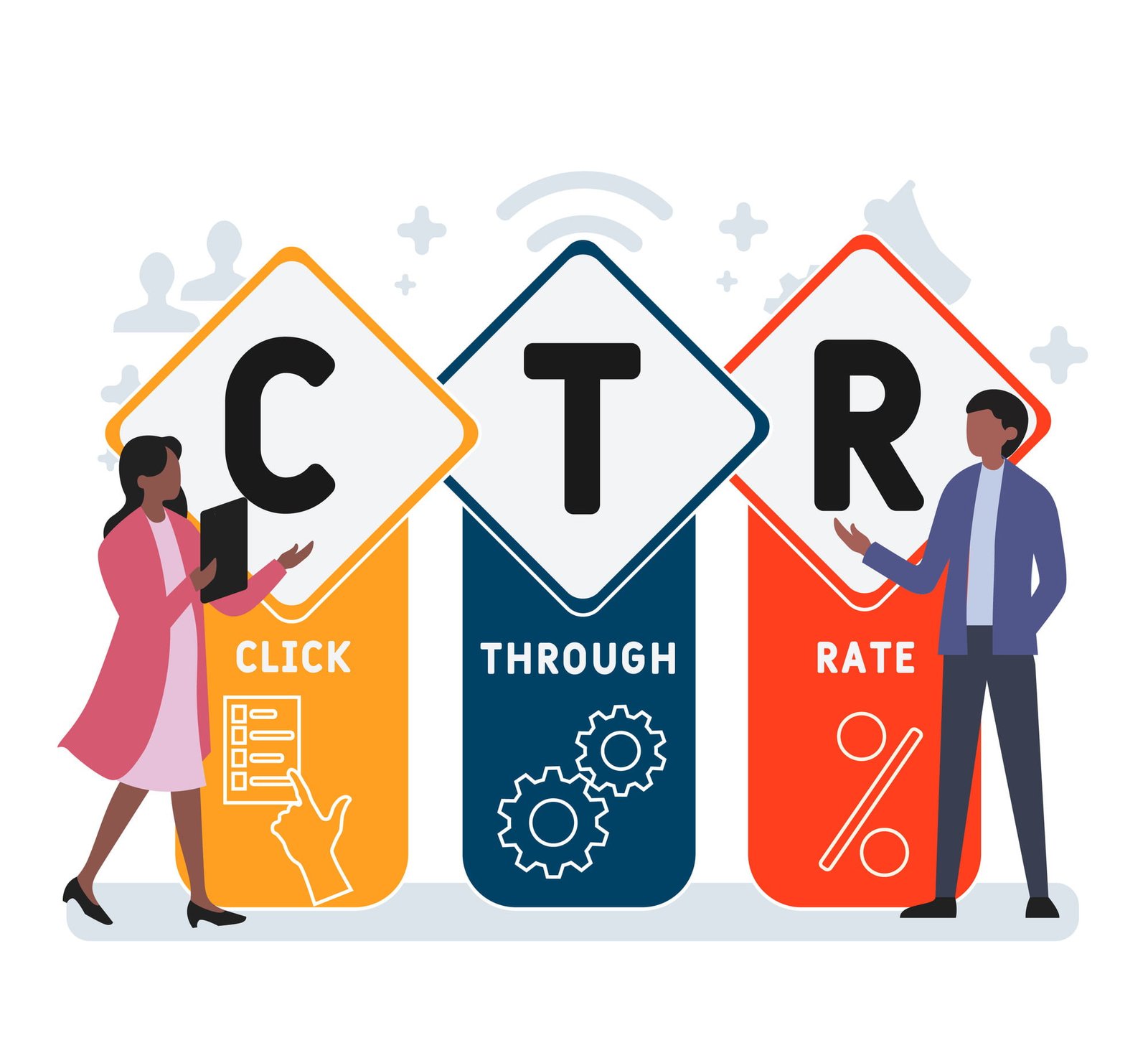In email marketing, you can track every action and reaction based on the number of clicks. One of the most meaningful metrics of all often gets neglected, which is email subscriber value.
The value of an email subscriber determines the worth of an email subscriber on your email list. It is also known as marketing allowable or revenue per subscriber (RPS).
Every entrepreneur needs to scale down how much money they are funneling into campaigns and what they are getting in return. This helps to set aside a budget for your campaigns, quantify your marketing efforts, and identify successful strategy elements.
In this article, you will be able to know how to calculate the value of every email subscriber.
Elements Email subscriber Value Tells You
The value of an email subscriber depends on the other important calculations that determine the efficacy of your email campaigns such as
Campaign ROI
Every marketer should identify the return on investment (ROI) on specific campaigns when setting up the budget for email marketing. Each subscriber’s worth will determine the amount that you should spend on your email campaign and have a positive return on investment.
If the ROI is negative or lower than expected, then re-strategize your email marketing. This helps to increase the email open rate and boost revenue.
Customer lifetime value
The LTV, which is the lifetime value of a customer, figures out the amount of revenue a customer brings in during their relationship with your business.
Comparing LTV with the cost of acquiring a customer, determines how much profit you are going to get from individual shoppers.
Monthly Email Value
Looking at the profit that a person is bringing in every month helps you adjust your marketing strategy through the year and account for things like seasonality.
Campaign Value
A subscriber’s worth determines the definitive monetary value of email campaigns. So, by calculating the value of an individual subscriber, marketers gain an overall idea of every campaign’s value.
Calculating Email Subscribers’ Value
Always take a look at your current email list and remove any inactive users, before calculating the value of individual subscribers. Track your email analytics to know which subscribers did not open emails in recent months and remove them.
These subscribers will bring down your email marketing campaign’s worth. Hence, this results in spending money on marketing without getting any revenue. Once you clean your email list, use the following two methods to quantify your results:
Method-1
The first step is to calculate the monthly email revenue, which is determined by the amount of revenue you allocate directly to your email marketing campaigns in a month.
Revenue Per Subscriber (RPS) = Monthly email revenue / Total subscribers
The second step is to calculate the subscriber value for an individual campaign.
RPS for that campaign = Total revenue from specific email campaign / Total subscribers sent to for that campaign
This will tell you how much money each subscriber contributes to your business on a monthly, lifetime, or campaign basis. However, this method is less accurate as it does not take into account overhead costs such as the price of your ESP, time and money spent on creating email campaigns, and graphics costs, including copywriting and email design.
For more accuracy, calculate as-
RPS = Monthly email revenue – overhead costs / Total subscribers
So, create a spreadsheet outlining every expense such as the percentage of employee salary or contractor fees for email marketing. Then add up all overhead costs and derive the number from the above formula.
Method-2
The other formula is to calculate the ROMI, which is the return on marketing investments, to determine the value of marketing campaigns. This formula appraises the success of a single campaign.
ROMI = Revenue from email campaign / ((cost per email * total emails sent) + overhead + incentive cost) * 100%
Other Email Metrics To Track
Let’s look at the other metrics you can calculate to dig deeper into your email marketing analytics.
Email Open Rate
Email open rate tells you how many subscribers have opened up your email. This depends on the effectiveness of your subject lines, send time, and send frequency. If the open rate is low, test different subject lines to check which one is performing best for your campaign.
Generally, welcome email campaigns tend to have the highest open rates for marketing emails.
Open rate = Number of unique opens / Emails Sent
Bounce Rate
Bounce rate is the number of emails that were not delivered because of several problems such as incorrect or outdated email addresses, server issues, or being marked as spam.
So. update your email list and remove inactive subscribers. A typical bounce rate for emails falls between 7 to 10 percent.
Email Bounce Rate = Number of bounced emails / total emails sent in a campaign * 100
You can also use a service like GrowMeOrganic Email Verifier to test the deliverability of email addresses in bulk.
CTR (Click-Through-Rate)
The Click-through rate gives you a picture of how successful your campaigns are. CTR will tell you about the total number of people who have clicked the link and visited that page.
CTR = Total unique clicks / Total number of delivered emails * 100
CVR (Conversion Rate)
The email conversion rate determines how many people completed the desired action to purchase a product/service. The goal of the email campaign is to attract subscribers to purchase the email.
Conversion Rate = (Total people who took desired action / total emails delivered) * 100
Click-To-Open Rate (CTOR)
CTOR measures how many people clicked on a link or call to action in an email. This number is compared to the total number of people who opened the email. CTOR tells how people reacted specifically to the content of an email. It does not take into account and removes the people who never opened it and therefore didn’t see your marketing message.
Click-to-open-rate = (Total unique link clicks / Total unique opens) * 100
ROI (Return On Investment)
ROI lets you know what you’re getting back for what you’re spending. So, email marketing has a high average ROI. This is between $38 and $44 for every dollar you invest. Low ROI tells that there is a flaw in your approach.
ROI = (revenue from email campaign – money invested in a campaign) / money invested in campaign * 100
About Post Author
Anant Gupta
Growth Hacker, Marketing Automation Enthusiast & Founder of GrowMeOrganic

























